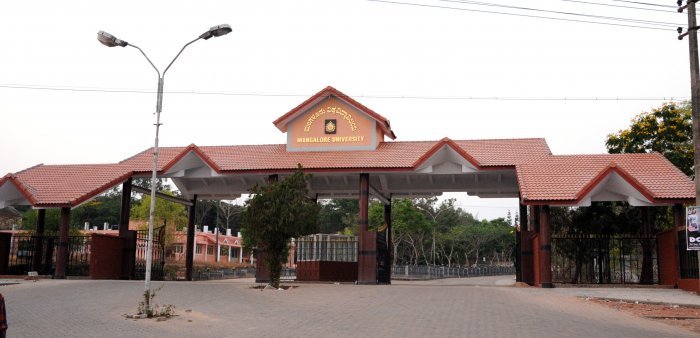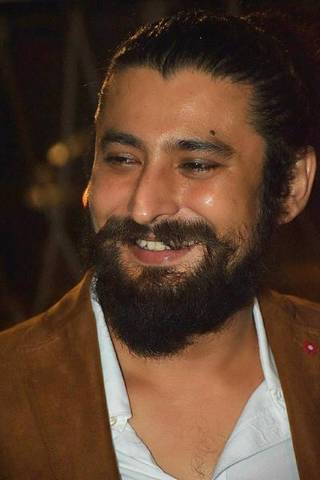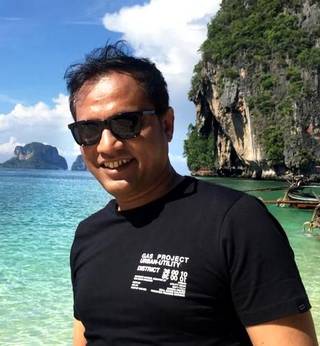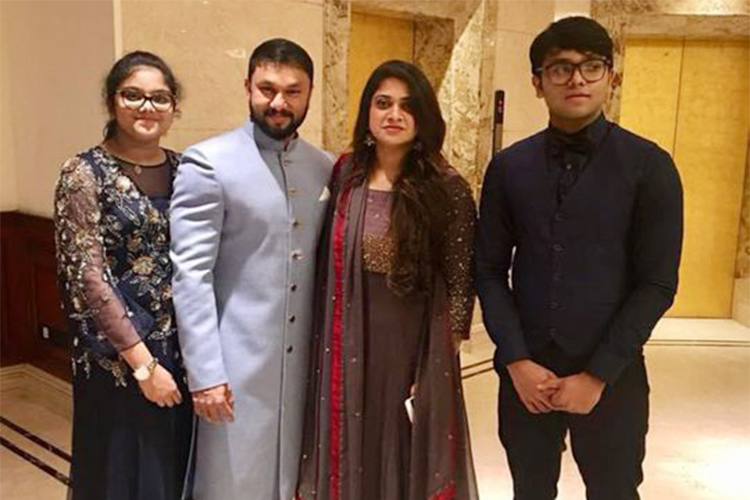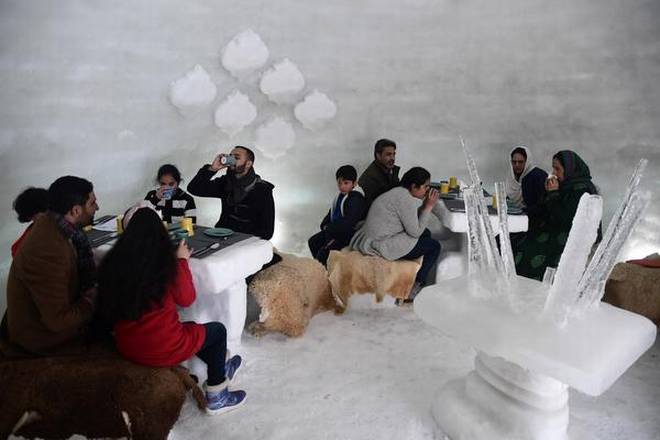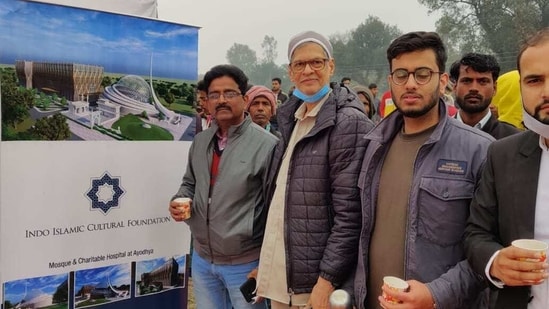Ayodhya, UTTAR PRADESH :

The new mosque will be bigger than Babri Masjid, says war veteran Mohammad Afzaal Ahmad Khan
The new mosque will be bigger than Babri Masjid, says war veteran Mohammad Afzaal Ahmad Khan
The trust entrusted with building a mosque and hospital in Ayodhya’s Dhannipur village on Tuesday nominated war veteran Mohammad Afzaal Ahmad Khan as its tenth trustee, officials said.
The Dhannipur mosque project was formally launched on Republic Day at Dhannipur, around 24 km from the Ram Janmabhoomi, exactly six months after the Sunni Waqf Board constituted the mosque’s trust — Indo-Islamic Cultural Foundation (IICF).
The trust was constituted following the 2019 Supreme Court verdict that backed the construction of a temple at the Ram Janmabhoomi and ruled that an alternative five-acre plot be found for a mosque in Ayodhya in lieu of the Babri Masjid.
The blueprint of the mosque complex, which includes a hospital, was unveiled on December 19.
In a virtual meeting of the IICF in Lucknow, it unanimously nominated 80-year-old Khan as its tenth trustee, officials said.
Khan is a veteran of the 1965 and 1971 wars and a recipient of the Sena Medal. He is also a recipient of the President Award – Samaj Ratan.
The Ayodhya Mosque project of the IICF is based on serving humanity. The hospital will be the centre stage of the project, Khan said.
“We will provide free of cost treatment to the ailing poor through this hospital, and our community kitchen, another important part of our project, will feed at least 1,000 people daily, and the research centre that is also part of the project will be dedicated to great freedom fighter of Awadh Maulvi Ahmadullah Shah,” he said.
The new mosque will be bigger than Babri Masjid, but won’t be a lookalike of the structure which once stood in Ramjanmabhoomi premises.
Meanwhile, the Indo-Islamic Cultural Research Centre, to be built by Uttar Pradesh Sunni Central Waqf Board in Ayodhya, would be named after freedom fighter who led the first war of Independence in the Avadh region, Maulvi Ahmadullah Shah.
The decision was taken in the IICF meeting, spokesperson of the trust, Athar Hussain said.
The research centre will have a museum, library and publications to showcase Indo-Islamic culture of shared struggle and accomplishments of Hindus and Muslims of India, he said.
Shah had led the first war of Independence in 1857 in the Avadh region.
The spokesperson said that as the Allahabad High Court has dismissed a petition filed by two Delhi-based sisters claiming ownership of the five-acre land at Dhannipur village in Ayodhya, the process to speed up the project will begin now.
source: http://www.thehindu.com / The Hindu / Home> News> National / by PTI / Ayodya, Lucknow / February 10th, 2021

